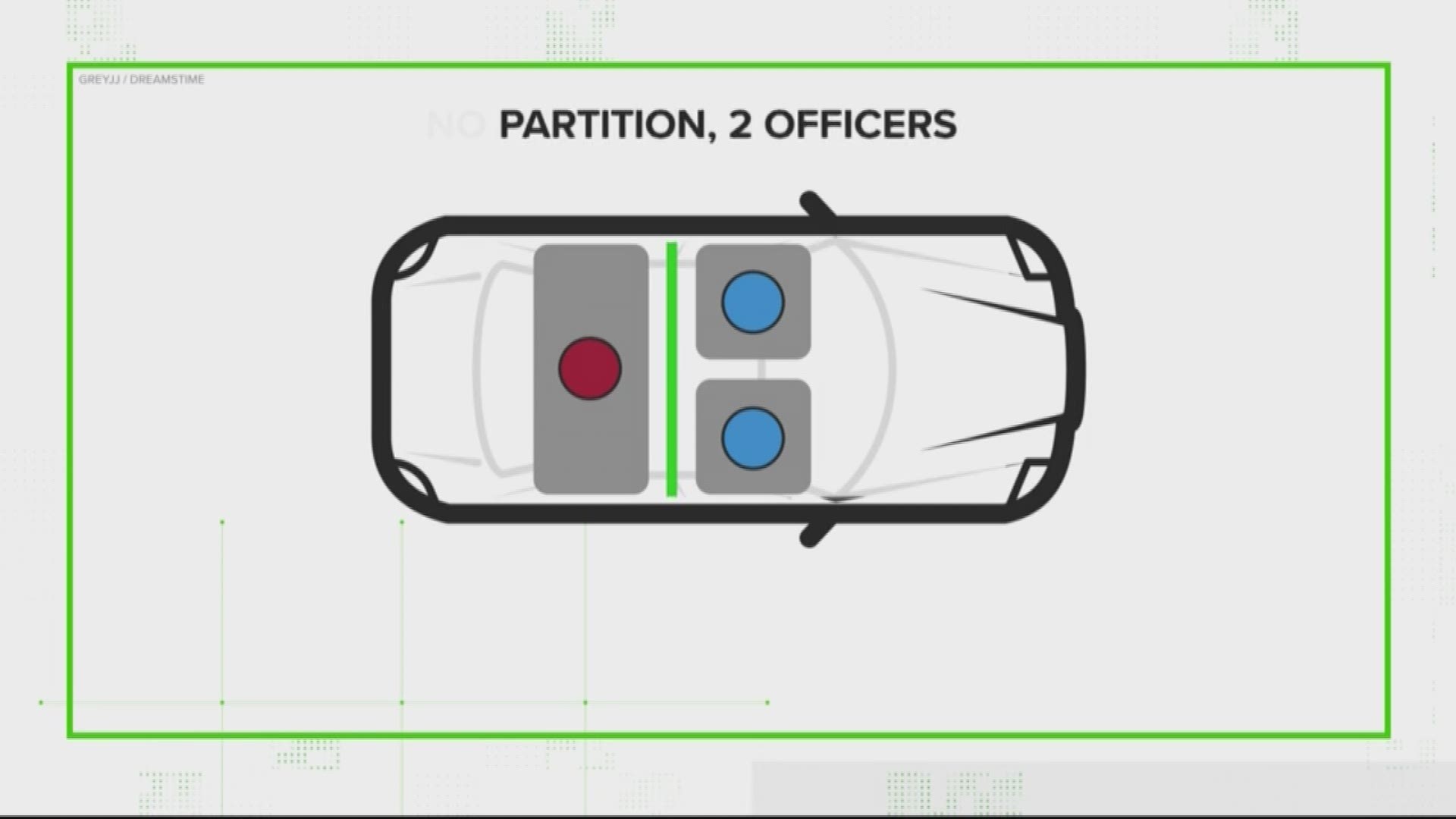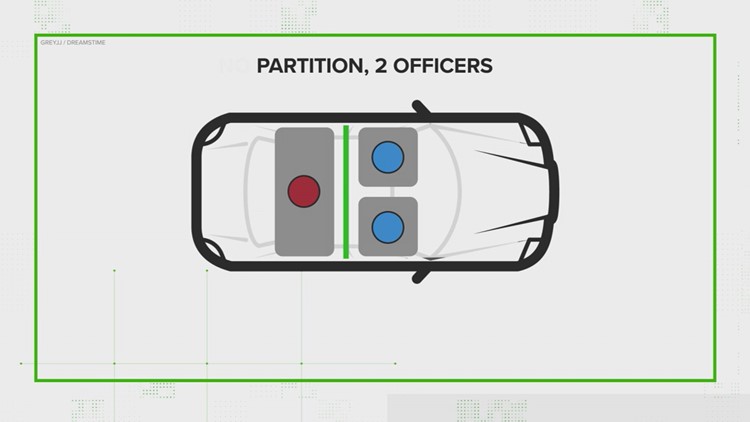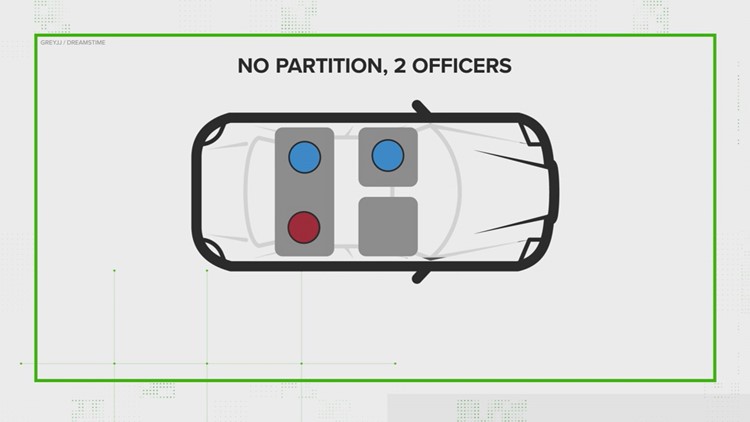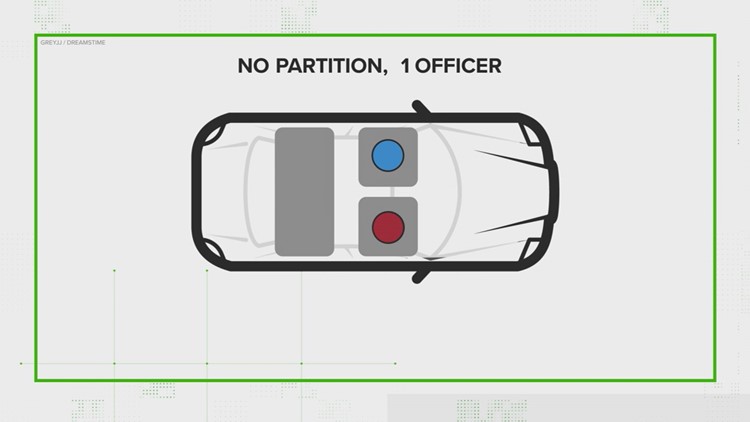TEMPLE HILLS, Md. — Question:
Did Corporal Michael Owen follow Prince George's County Police policy when he put William Green in the front seat, after his arrest?
Answer:
The guidelines for the Prince George's County Police call for the arrested person to be in the front seat when the officer is alone, and there is not a partition.
Source:
- General Orders for Prince George's County Police
- Spokesperson for Prince George's County Police
- Spokesperson for DC Police
- Spokesperson for Fairfax County Police
- Spokesperson for Montgomery County Police
Process:
For those who are not in law enforcement, it may come as a surprise that some police departments do not place people under arrest in the back seat. This is especially the case when a vehicle does not have a partition.
The details of the Prince George's County policy can be found in their General Orders, which are posted online.
When there are two officers, but no partition, the second officer will sit behind the driver, leaving the arrested person in the back, right seat. If there is just one officer, and no partition, the arrested person is supposed to sit in the passenger seat.
"It's for the safety of the person in the back seat," a PGPD spokesperson said. "And for the person in the front."
RELATED: All Prince George’s County police officers will get body cameras, 6 years after original proposal
Prince George's County Police guidelines on where arrested people should sit.
"[A] police officer is in a better position to control someone, or prevent injury to a person if they have access to them in the front seat of that car," PG Police Chief Hank Stawinski said in a press conference.
The Verify Team reached out to law enforcement agencies across the region to see how their guidelines compared. While Montgomery County Police has a similar policy, which allows those arrested to sit in the front seat, this is not allowed in D.C. or Fairfax County.
Montgomery County:
According to a spokesperson at Montgomery County Police, they "generally transport people in the front passenger seat," when there is not a divide. The spokesperson said that they do have vehicles with a divide, but they are only called for when needed. They noted that the policy allows for the officer to "keep a better eye on the suspect."
Fairfax County:
According to a spokesperson from Fairfax County Police, people are not transported in the front of the cruiser if they are arrested. This spokesperson said that it was not directly prohibited in their General Orders, however, "training calls for placing suspects in the back of a cruiser."
Washington, DC:
The policy for DC Police mandates that people under arrest are put in "transporting vehicles," which is identified as either a secured wagon or a cruiser with partitions. In this situation, they would be placed in the back seat of the vehicle.
In an emergency situation, an officer can put the arrested person in a "non-transport" vehicle, although two officers are needed. The General Orders for D.C. mandate that the second officer sits in the back, along with the arrested person, with his or her gun holster "on the side away from the prisoner."
RELATED: Prince George's County police officer charged with murder in fatal shooting of handcuffed man







